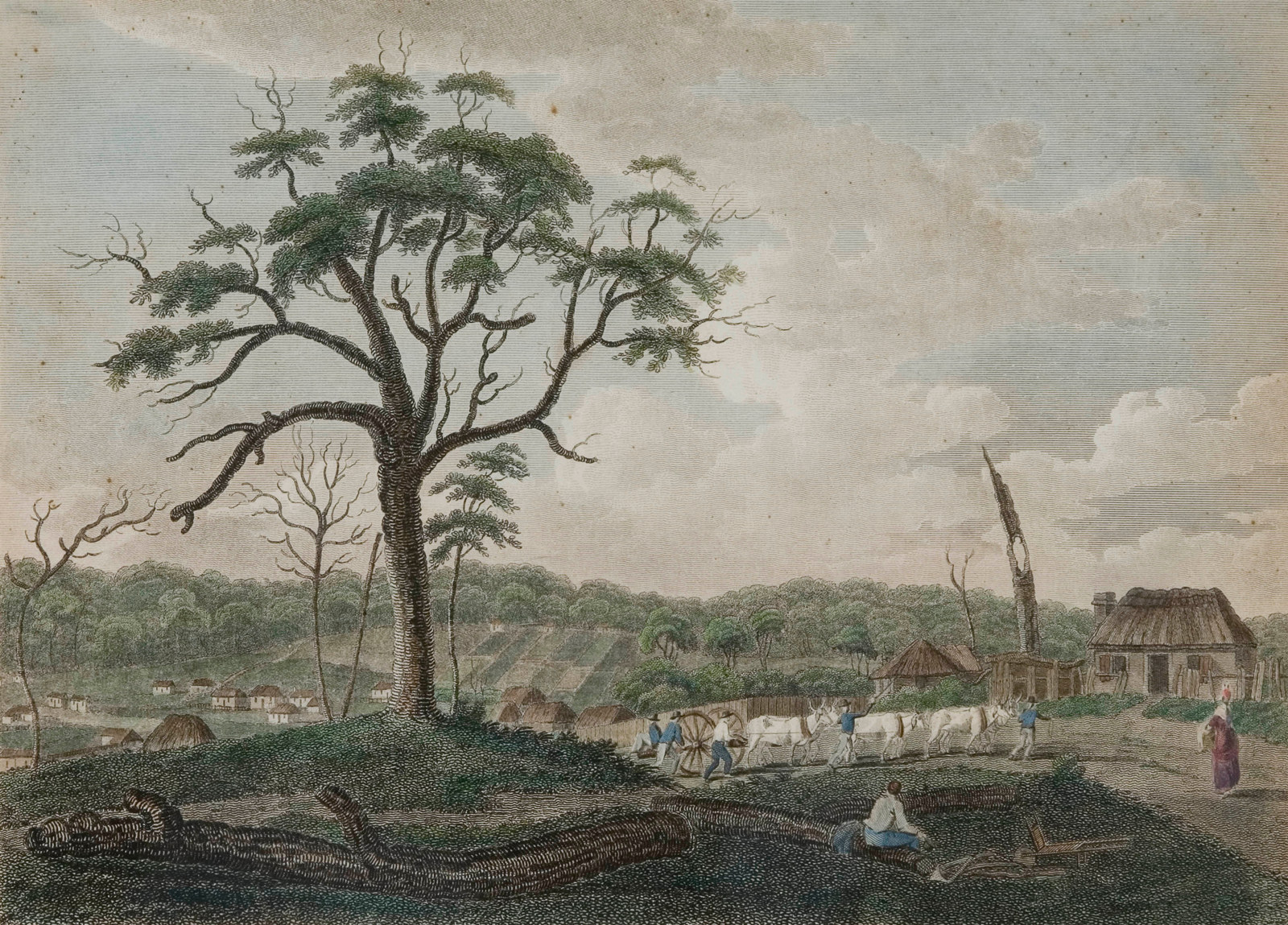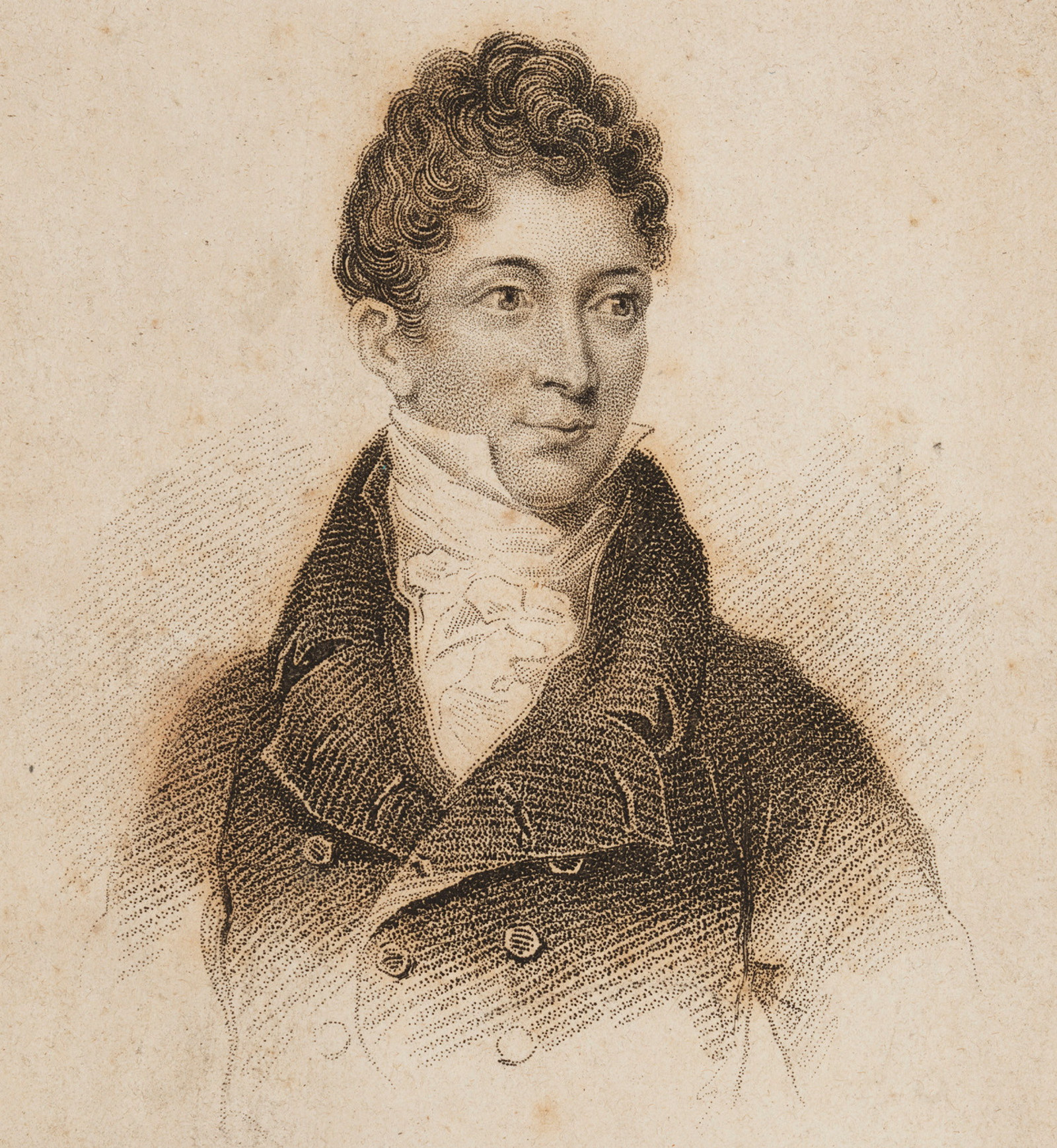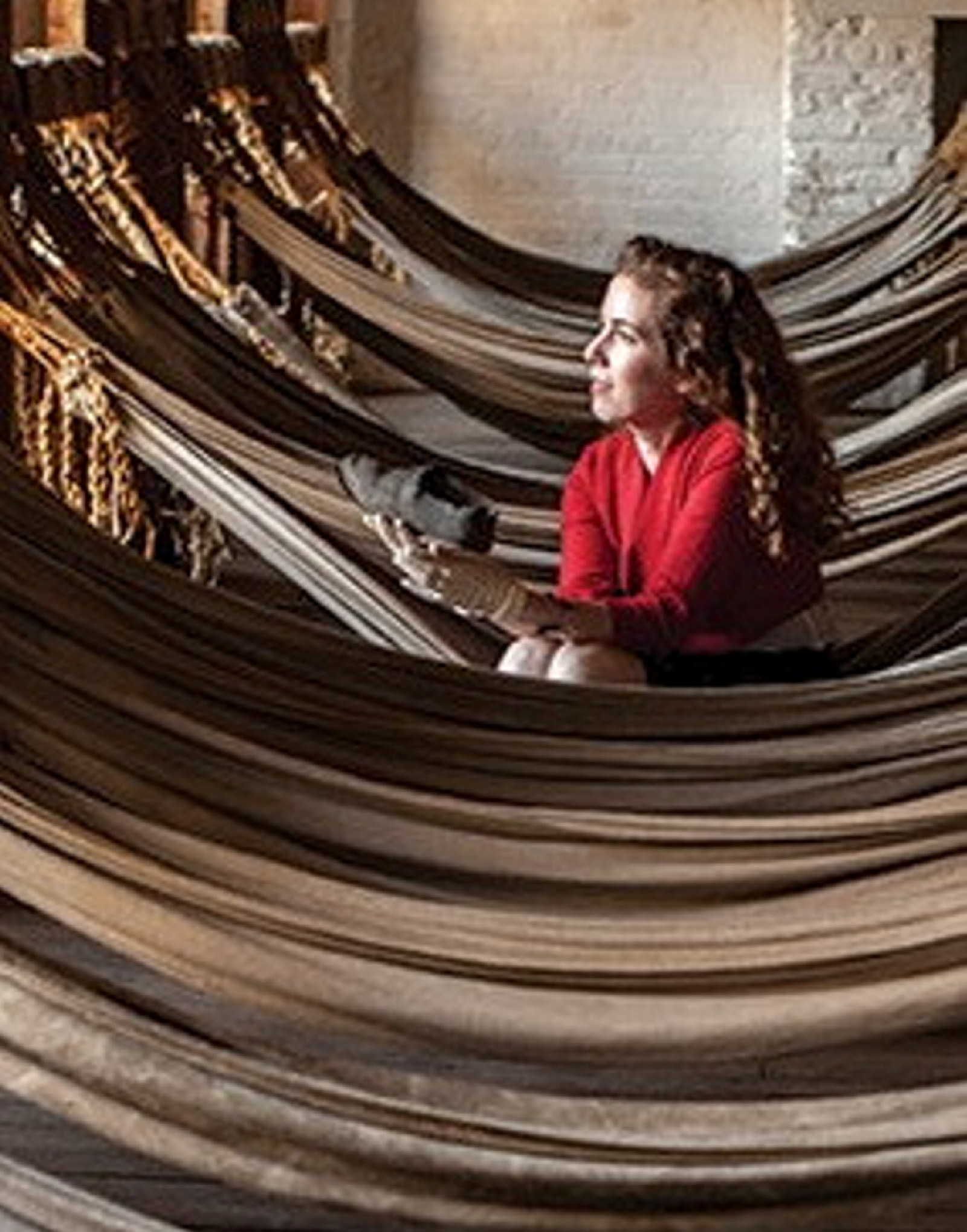Richard Fitzgerald
Arrived 1791 on William and Anne
Soon after arriving in the colony in 1791, convict Richard Fitzgerald showed ‘remarkable activity and regular conduct’ and, using his knowledge of agriculture, he successfully took on responsibilities connected with the public farms.
With a seven year sentence, Fitzgerald sailed on the William and Anne and arrived in Sydney on 28 August 1791. The following year he was appointed superintendent of convicts at Toongabbie, extended in 1795 to include Parramatta. By 1798 he had been appointed superintendent of public agriculture and in 1802 Governor King appointed him inspector and director of all government agricultural settlements. Benefiting from the opportunities available to skilled and hard-working convicts, Fitzgerald amassed considerable private assets. After receiving three land grants and purchasing land Fitzgerald held 350 acres (142 ha), where he grew wheat, and bred sheep and other livestock. Governor King later dismissed him from his government positions for his ‘neglect of duty’. When Macquarie decided to recommence public farming in 1819 to employ the large numbers of convicts arriving, he appointed Fitzgerald as superintendent of agriculture at Emu Plains. Macquarie praised the ‘zeal, vigilance and integrity’ of this ‘most honest upright good man’.
Related

Convict Sydney
The Convicts’ Colony
Part one starts in 1788 with Sydney established as a British convict colony on the clan lands of the Gadigal people
Published on
Convict Sydney
Browse all
Convict Sydney
James Hardy Vaux
Some convicts were transported more than once. Vaux was sent to the colony three times, each time arriving under a different name

Convict Sydney
1801 - Day in the life of a convict
In the young colony, there was no prisoner’s barrack - the bush and sea were the walls of the convicts’ prison

Convict Sydney
The Governor's Domain
The settlement of Sydney was less than a year old when an experimental crop of corn was planted on the banks of a freshwater creek flowing into a little cove to the east called Woccanmagully, soon to be renamed Farm Cove

Convict Sydney
William Dawes
Officer of marines, scientist, astronomer, engineer, surveyor, teacher and administrator
